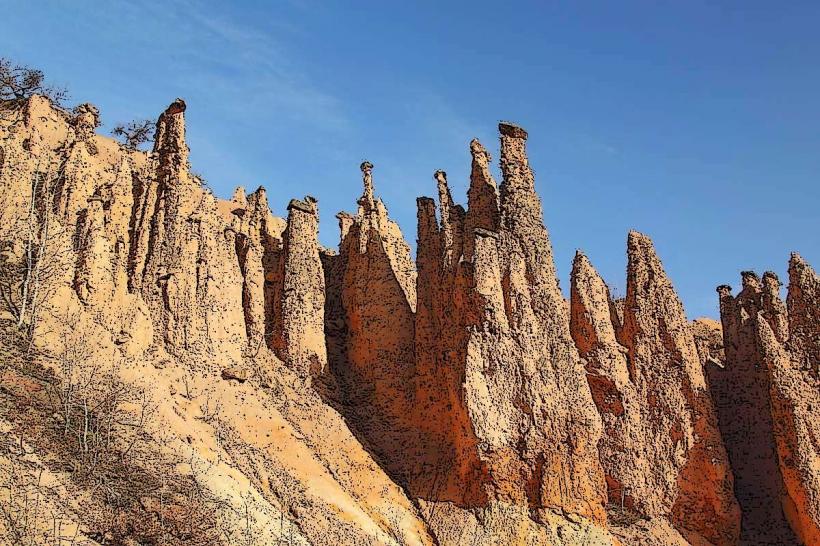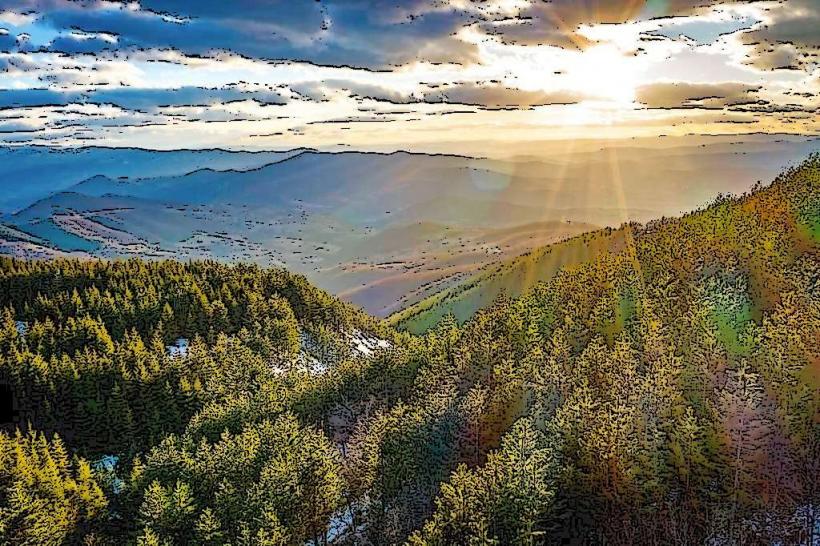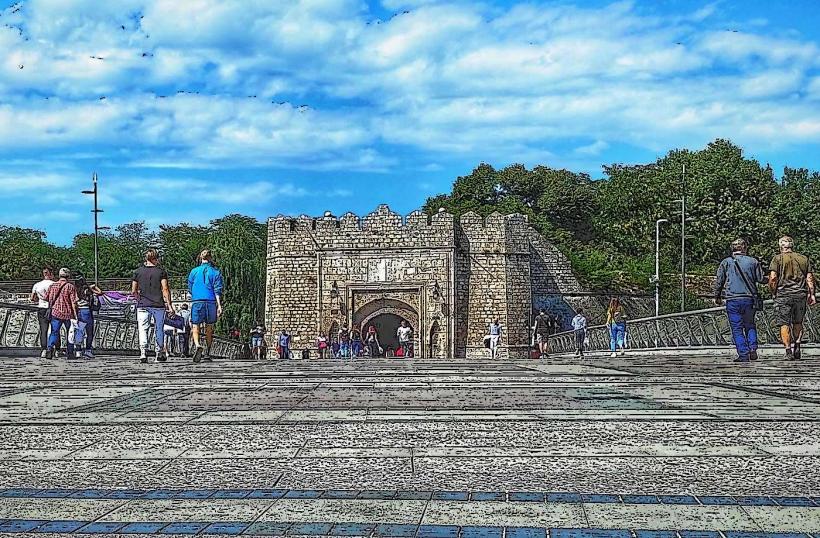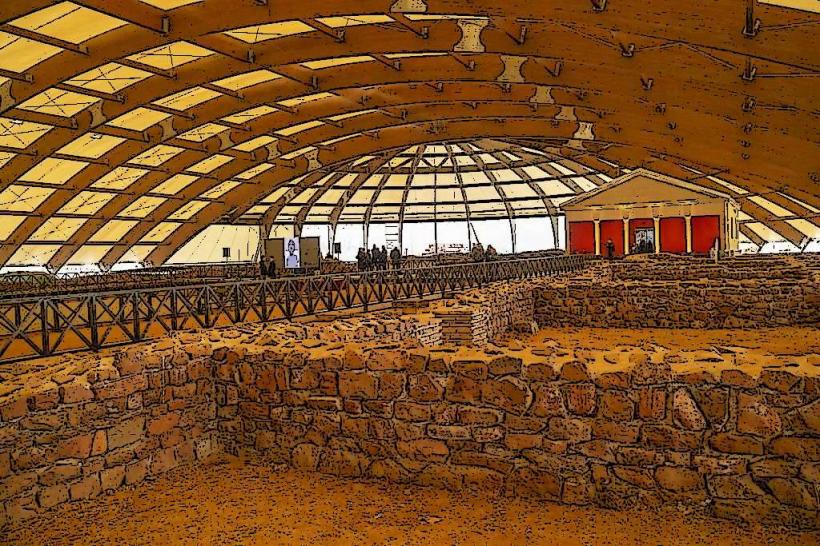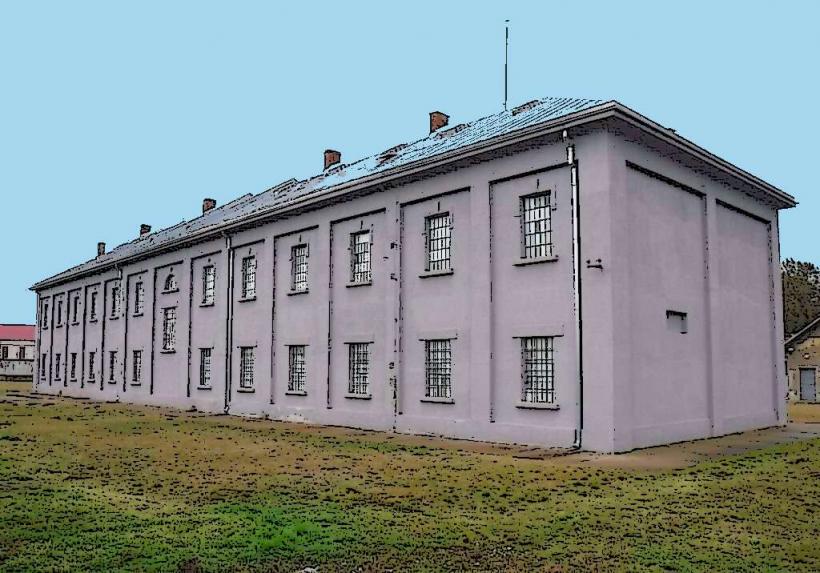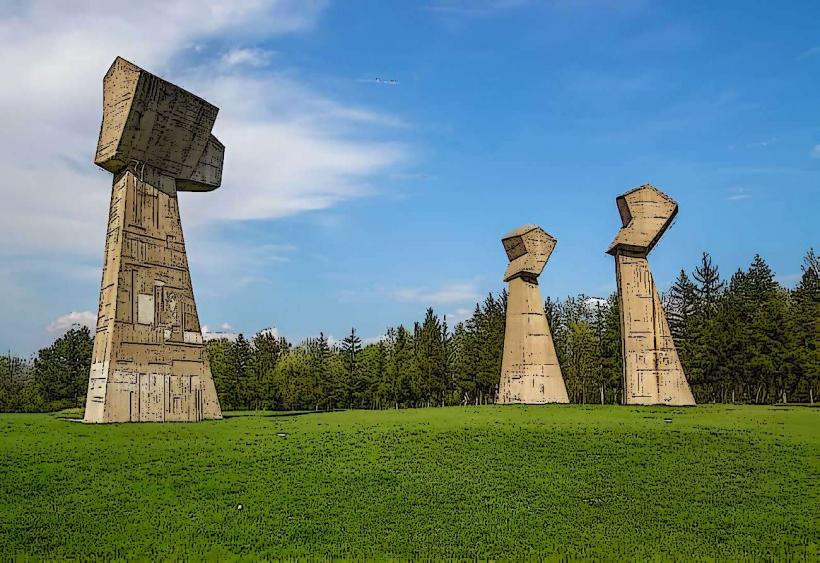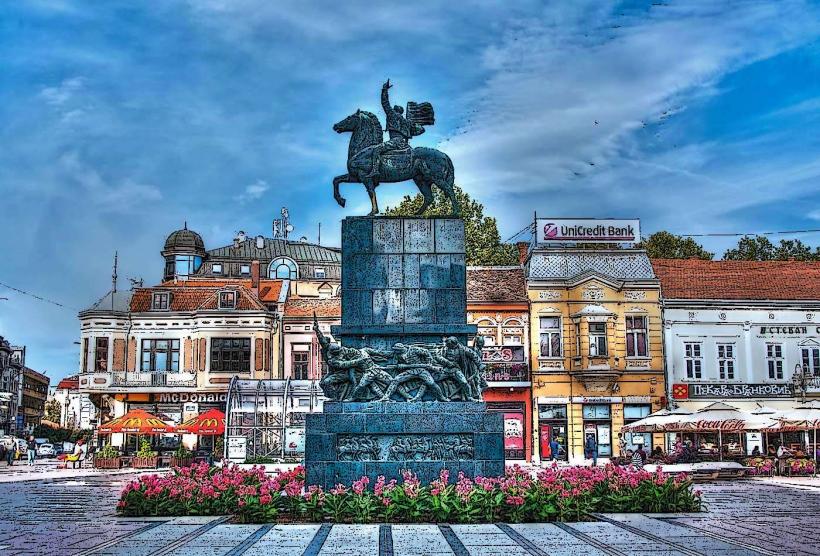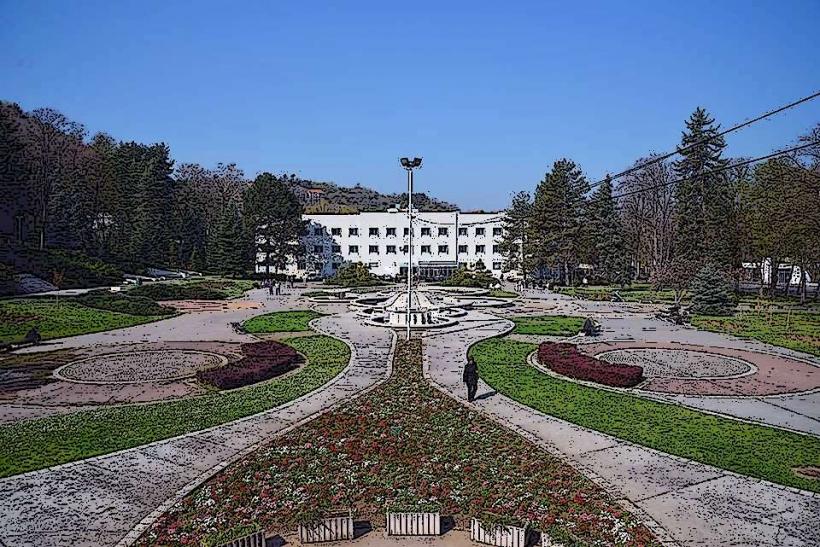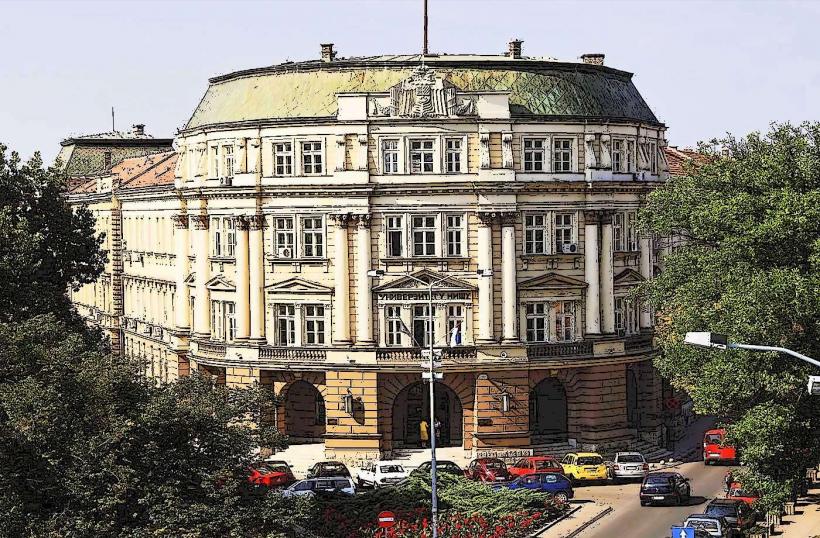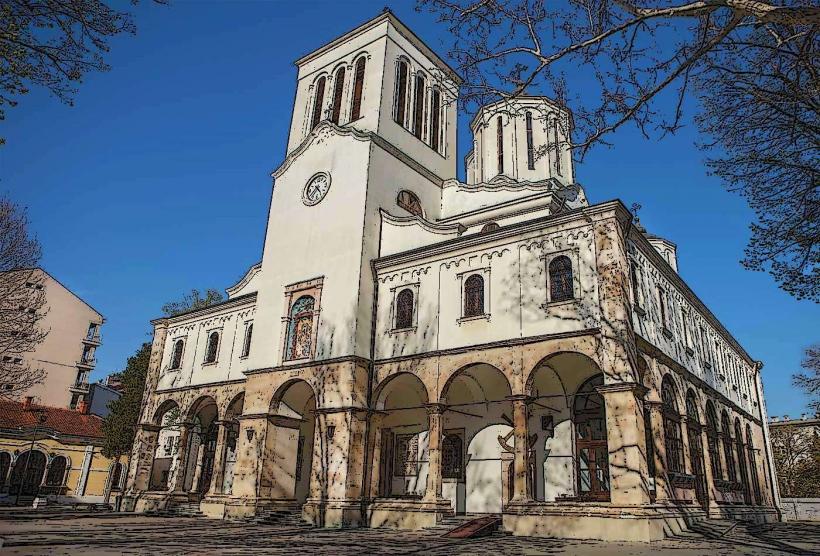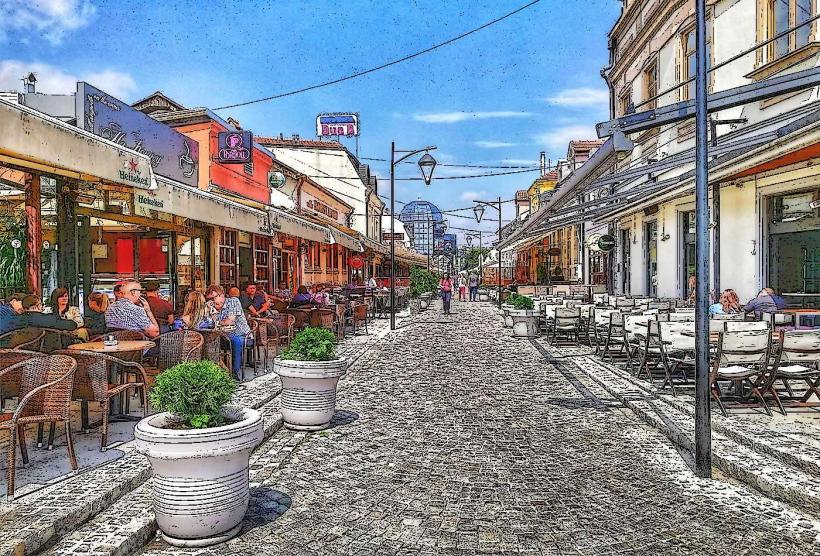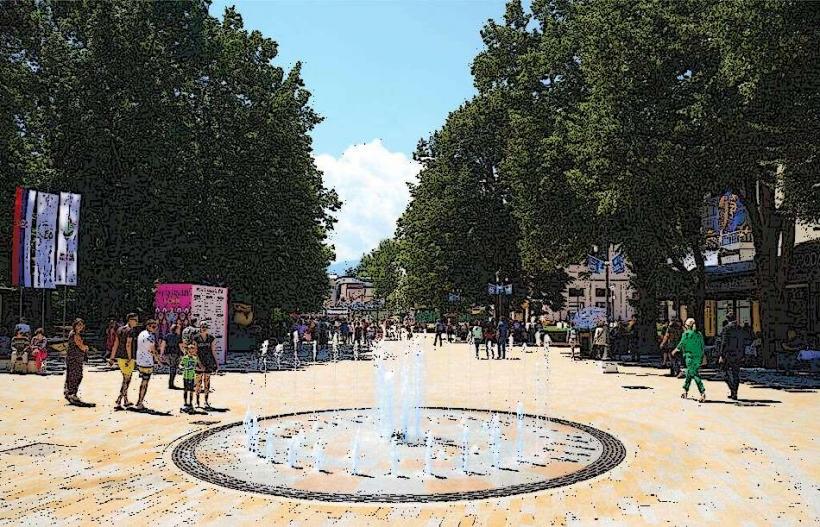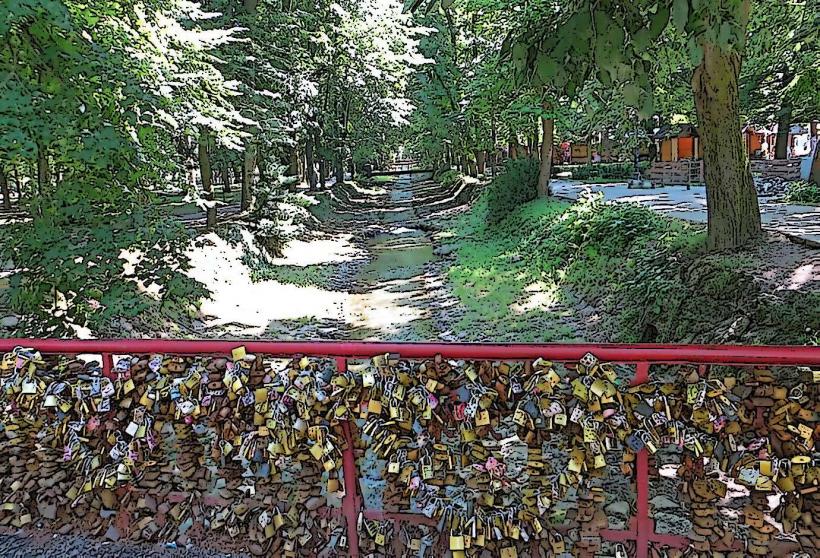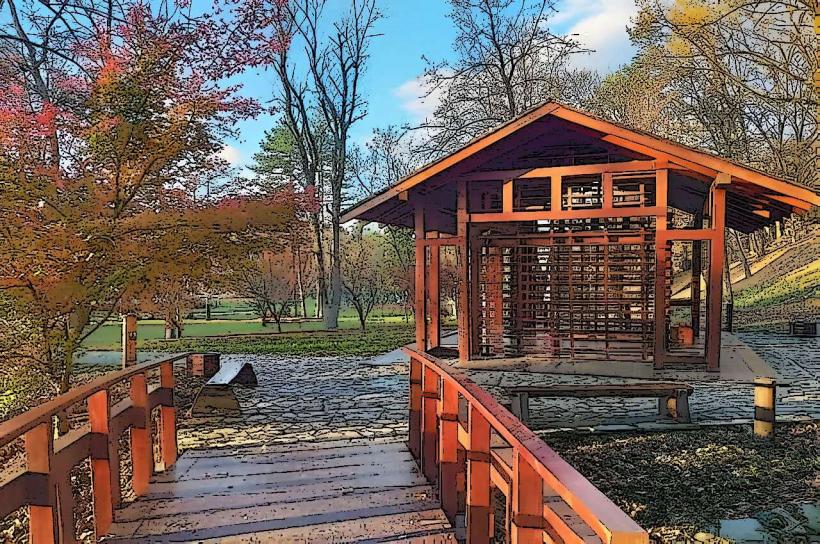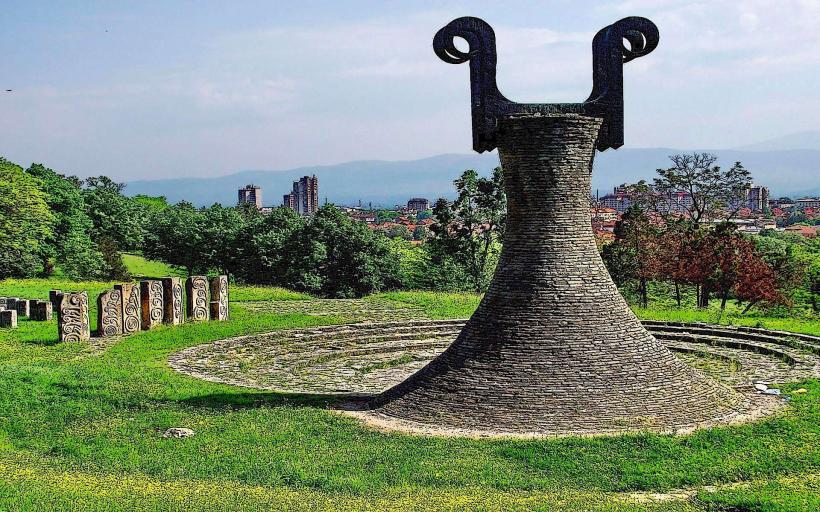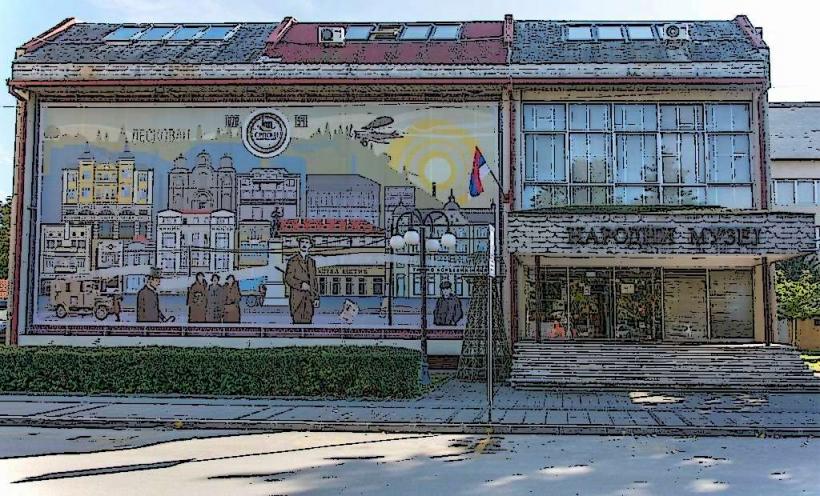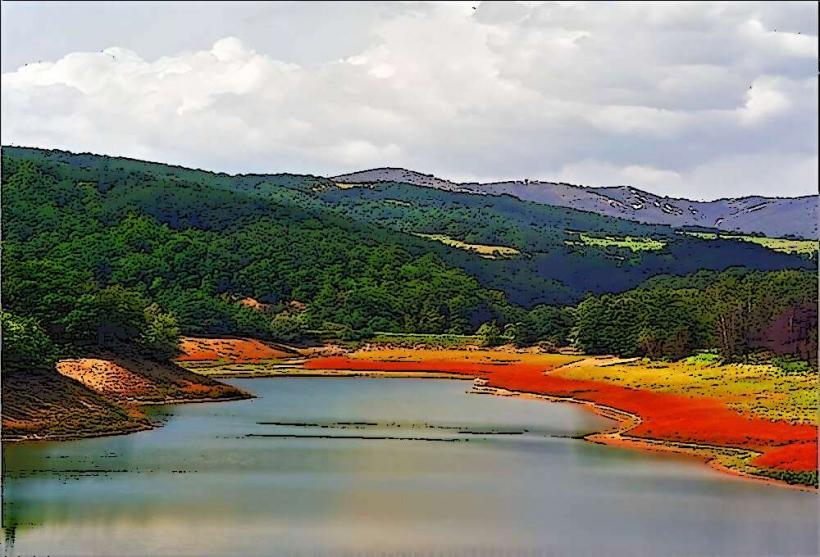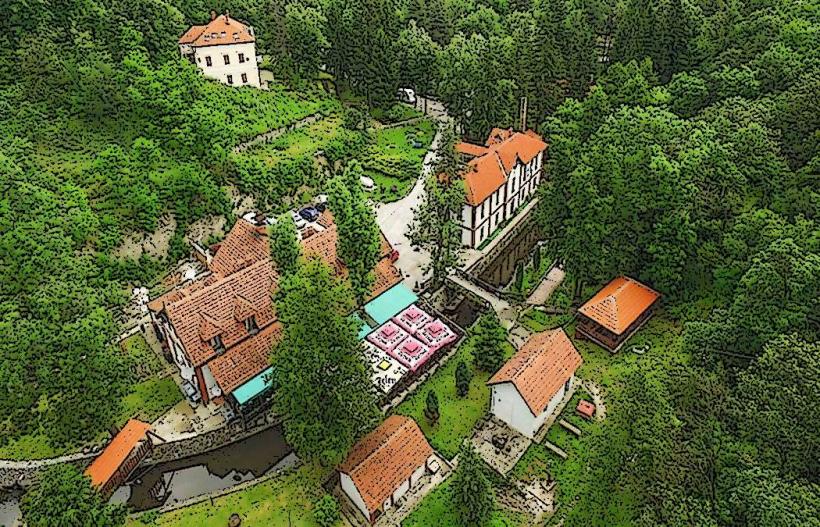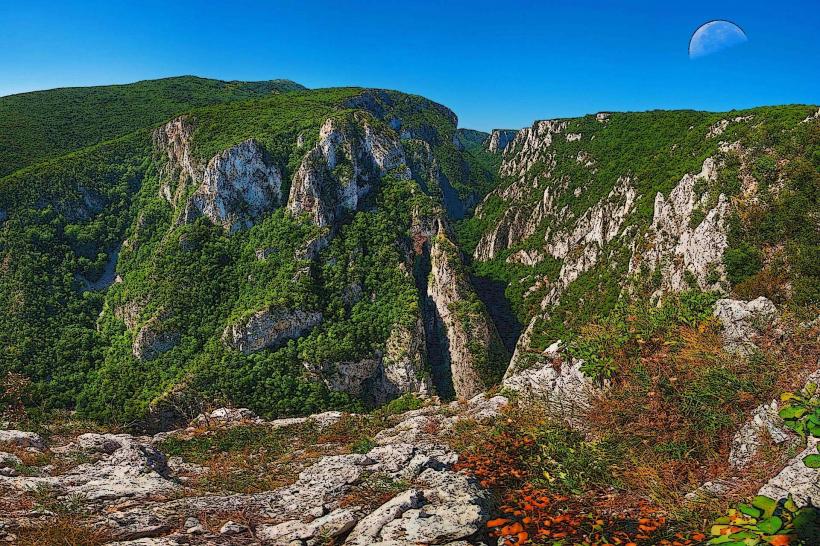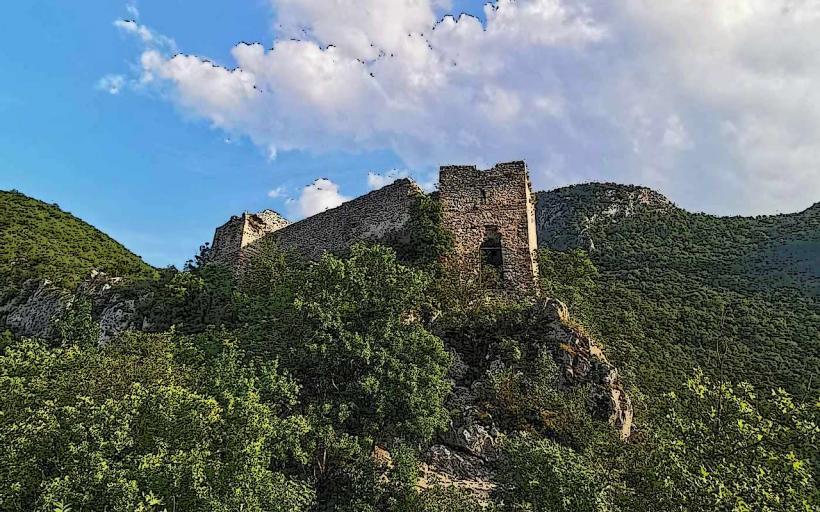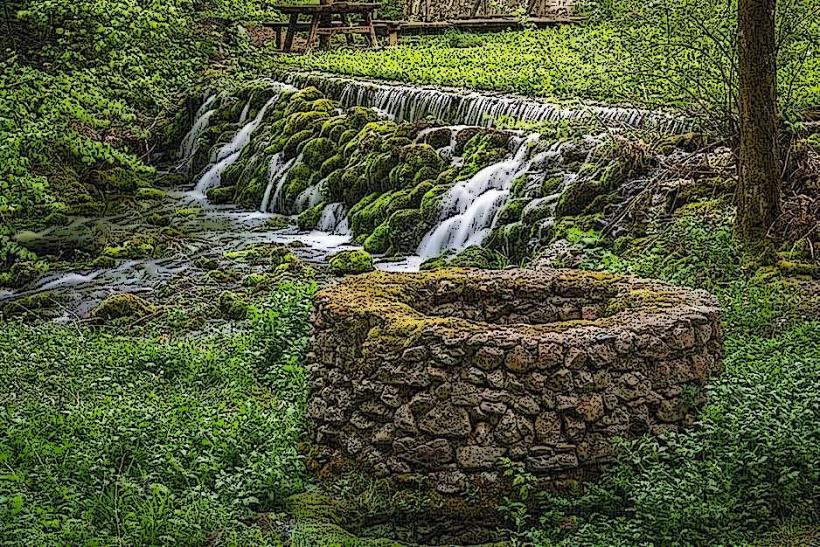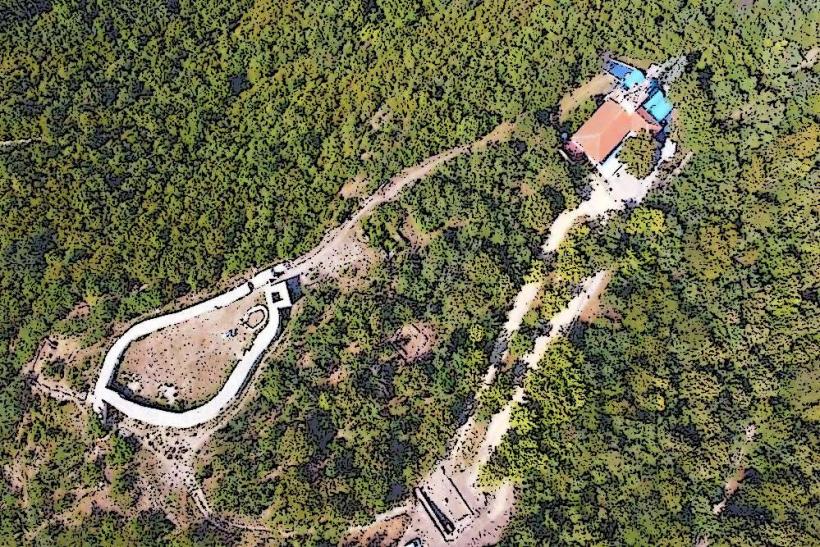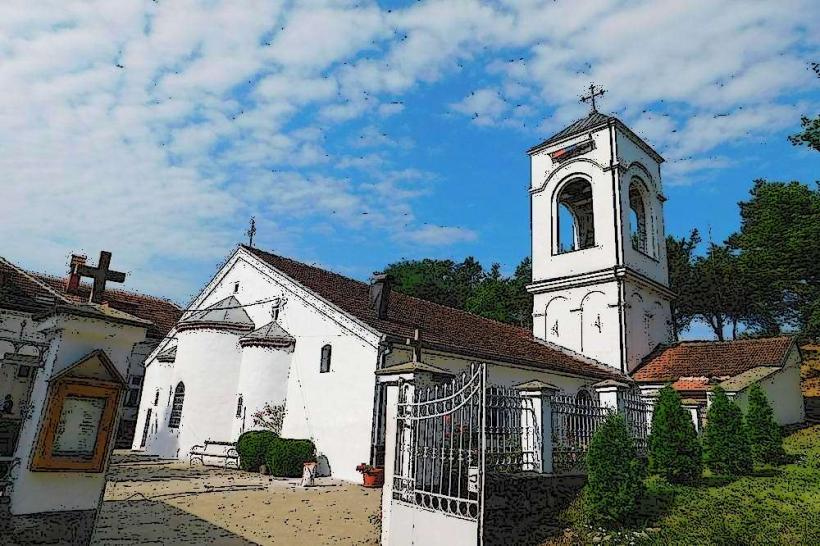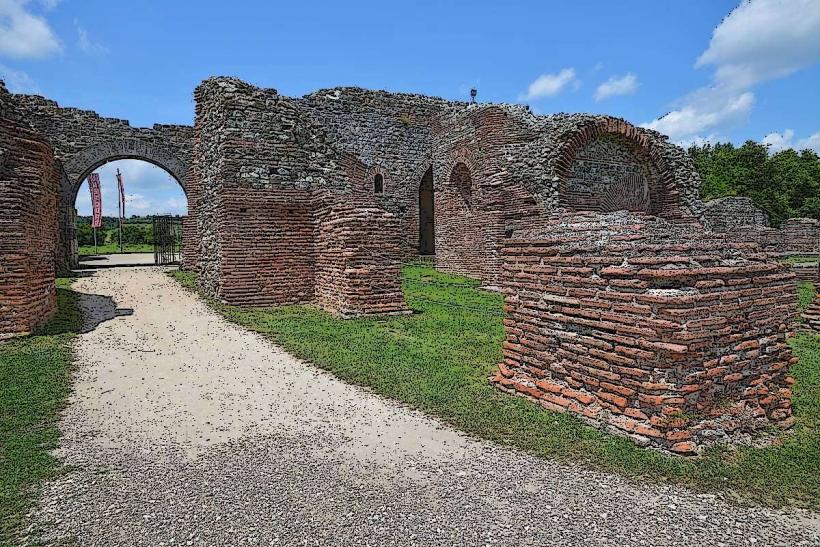Information
Landmark: Skull Tower (Ćele Kula)City: Nis
Country: Serbia
Continent: Europe
The Skull Tower (Serbian: Ćele Kula) is one of the most significant and haunting historical landmarks in Niš, Serbia. It is a memorial to the Serbian resistance against the Ottoman Empire and stands as a powerful symbol of sacrifice, suffering, and defiance. The tower is not just a physical structure but also a testament to the harsh reality of the Ottoman occupation of the Balkans and the brutal measures taken by the Ottomans to suppress uprisings and maintain control over the region.
Historical Context and Construction
The Serbian Uprising of 1809:
- The Skull Tower was built following the Battle of Čegar on May 31, 1809, during the First Serbian Uprising, a key event in the Serbian Revolution against Ottoman rule. The Serbian forces, led by Stefan Stepa Stepanović, were defeated by the Ottomans at Čegar Hill, near Niš. The battle was part of a series of uprisings in the early 19th century as Serbs sought to break free from centuries of Ottoman oppression.
- After the Serbian defeat, the Ottoman commander, Hurshid Pasha, ordered a cruel and symbolic act of punishment: the construction of a tower made of the skulls of Serbian soldiers. This was intended to serve as a warning to any future uprisings and as a horrific monument to Ottoman power.
Construction of the Tower:
- The tower was constructed using the skulls of 952 Serbian soldiers, many of whom were executed after the battle. The skulls were removed from the bodies of the dead and arranged to form a macabre structure. It is said that the Ottomans used the skulls to create a tower about 3 meters high and 2 meters in diameter, designed to be both a physical and psychological display of Ottoman brutality.
- The construction of the tower is believed to have been carried out under the orders of Hurshid Pasha, and it was located near the main road leading into Niš, ensuring maximum visibility and shock value.
The Tower's Design and Function
Physical Appearance:
- The Skull Tower is a small, cylindrical structure, originally built from stone and mortar, with niches that housed the skulls. Over time, the tower has been partially reconstructed, but its grim purpose remains unchanged.
- The tower originally had about 952 skulls, but only about 58 skulls remain today. The remaining skulls are displayed in the tower, with the rest lost over the years due to natural decay, vandalism, and the passage of time.
- The tower's stone walls and small door form the base, while the skulls are arranged within it. Visitors can still see some of the skulls embedded in the structure, preserved as part of the memorial.
Symbolic Meaning:
- The Skull Tower was constructed not just as a physical marker of the Serbian defeat but also as a symbol of Ottoman oppression. It was intended to serve as a constant reminder to the Serbs of their submission to Ottoman rule and to deter further resistance.
- Over time, the tower has evolved from a symbol of oppression to one of Serbian pride and resilience, representing the strength of those who fought for Serbia’s freedom.
The Skull Tower Today
Restoration and Preservation:
- The Skull Tower has undergone several restorations to preserve its historical and cultural significance. In the late 19th century, after the Ottoman Empire's decline, the Serbian authorities took steps to protect the tower and transform it into a memorial.
- In the 19th century, the structure was encased in a protective wall, and a small chapel was built on top of the tower to house the remaining skulls. This chapel, which is a Serbian Orthodox place of worship, also serves as a memorial to the fallen soldiers.
- The remaining skulls that were part of the tower were moved into the chapel, and visitors can view them there. Some skulls have been preserved in a relatively good state, with inscriptions and marks showing signs of their brutal treatment.
The Memorial Complex:
- Today, the Ćele Kula Memorial Complex is located in Niš and is one of the most visited historical sites in Serbia. The tower is part of a larger museum complex that includes the chapel and displays that explain the events surrounding the tower’s creation and its role in Serbian history.
- The tower and its surrounding park are often visited by Serbian citizens, as well as tourists, who come to learn about the struggle for Serbian independence and the tragic history of the First Serbian Uprising.
- There is also a memorial plaque and monuments dedicated to the soldiers who died during the battle and their sacrifice for the country.
Cultural Significance:
- The Skull Tower is not just a memorial to war but also a symbol of national identity and cultural heritage for the Serbian people. It is seen as a reminder of the sacrifices made for freedom, independence, and national pride.
- Over the years, the tower has become a place of pilgrimage and commemoration for those honoring the Serbian revolutionaries who fought against Ottoman rule.
Tourist Attraction:
- Visitors to the Skull Tower can explore the museum, view the remaining skulls, and learn about the historical context of the structure through informative plaques, audio guides, and guided tours. The site is especially visited on national holidays such as Statehood Day and Independence Day, when events are held to honor the fallen heroes of the First Serbian Uprising.
Conclusion
The Skull Tower (Ćele Kula) in Niš is one of the most poignant and tragic landmarks in Serbia, offering a glimpse into the brutal realities of the Ottoman occupation and the fierce resistance of the Serbian people. The tower serves not only as a memorial to the fallen soldiers but also as a symbol of Serbian resilience, standing as a testament to the sacrifices made in the struggle for independence. Today, the Skull Tower is a place of reflection, drawing visitors to remember and honor the heroism of those who fought for the future of Serbia.

